Reading through articles, travel guides and even official promotional materials put out by the Japan National Tourism Organization, you could easily get the impression that there’s only one fish market in Japan: Tsukiji Market in Tokyo.
Certainly, this bayside shijo (which, until a few years ago, was where the city’s “tuna auctions” took place every day at dawn) is the most famous seafood market in Japan. But in my experience traveling around the country, it’s not necessarily the most interesting one.
While my list of the best fish markets in Japan is neither comprehensive nor the end-all, be-all, it does offer curious foodies many more pathways toward culinary discovery than a single morning spend at Tsukiji (or, worse, Toyosu—more on that in a second).
Tokyo’s Tsukiji Market is Amazing, But…
I’ll concede: Tsukiji has definitely earned its place among the best Japanese fish markets. Although the tuna auctions have now moved to Toyosu (which is sterile and boring, in addition to being inconvenient—don’t bother going there), Tsukiji’s “Outer” Market is a feast both for your stomach and for the eyes; it’s one of my favorite places in Tokyo to take pictures.
On the other hand, Tsukiji Market is always crowded, to say nothing of the fact that it often seems tailor-made for consumption by foreign travelers. There are benefits to this—ability to order in English first among them—but if you’re looking for authenticity more than accessibility, Tsukiji might not be the best choice for you. But rest assured: I’ve got seven more, which I’ll list below.
My Favorite Fish Markets in Japan
Karato Market, Shimonoseki

It would be difficult to argue Karato Market is the best seafood market in Japan. Almost no one visits Shimonoseki, the city where you find it, after all. On the other hand, it’s definitely the best place in Japan to try fugu, aka pufferfish. Chefs here are very experienced in preparing the fish, which is toxic is cut improperly.
Omicho Market, Kanazawa
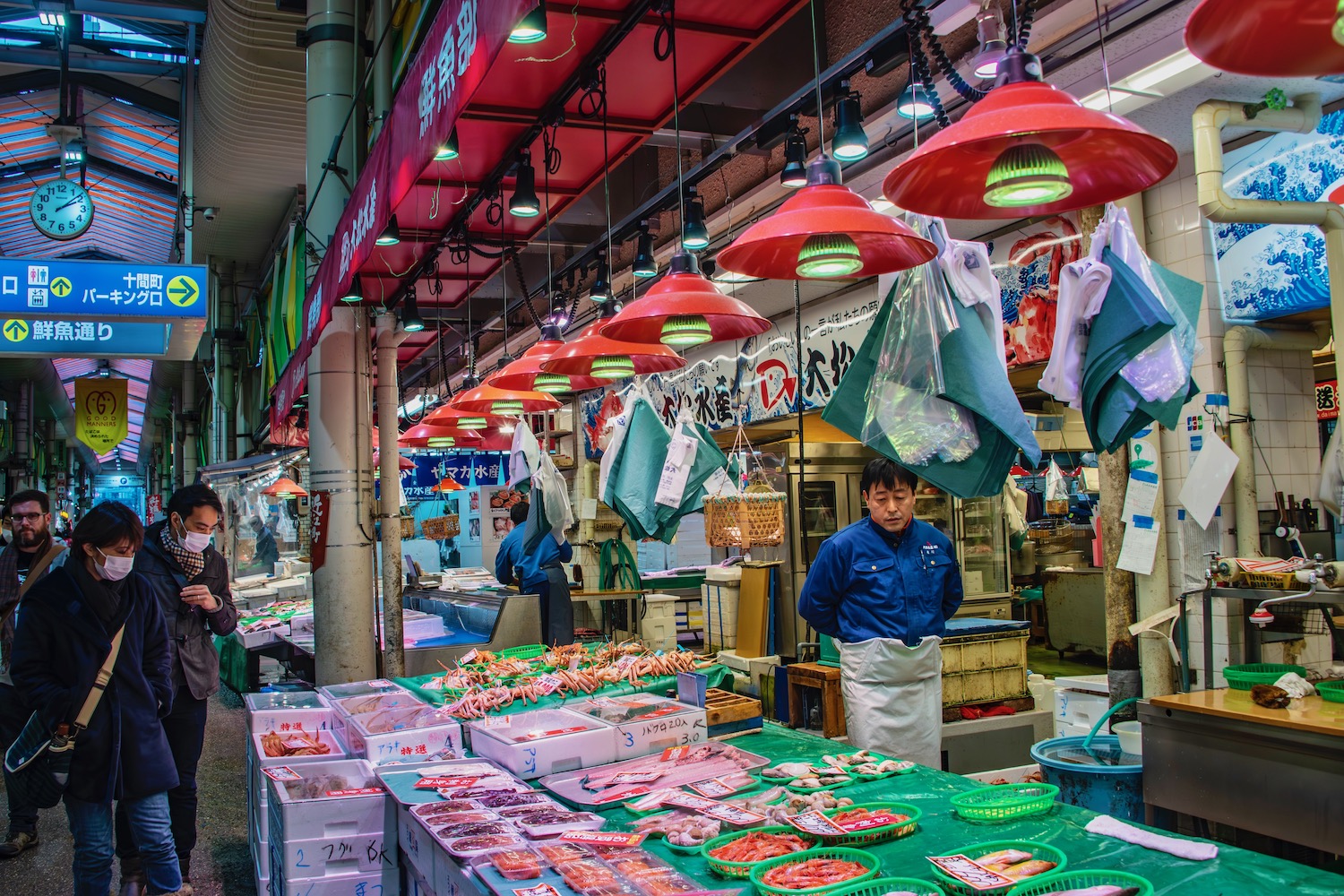
Kanazawa has surged in popularity as a decade in recent years, in no small part because of the city’s superlative Omicho Market. Even if you don’t visit during the right season for the crab (kani) that famous comes from this part of Japan, stroll through here in the morning for an unforgettable seafood breakfast.
Hakodate Morning Market, Hakodate
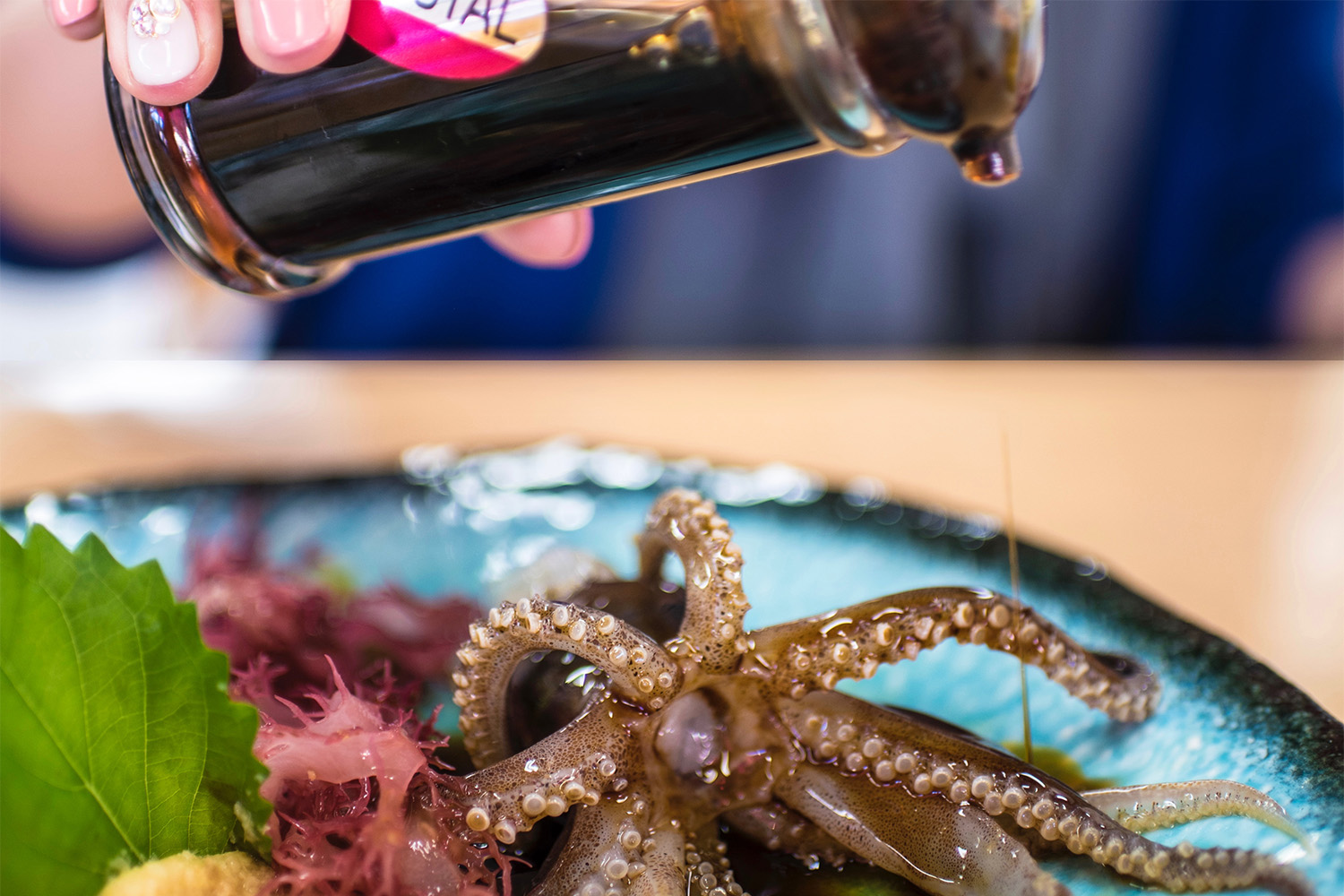
Have you ever wanted to try the viral “dancing” squid bowl that made the rounds online a few years ago? If so, then visit Hakodate Morning Market, which is just a short walk from the train station in Hakodate, the southernmost city in Hokkaido (and a generally awesome place to visit in general).
Hirome Market, Kochi
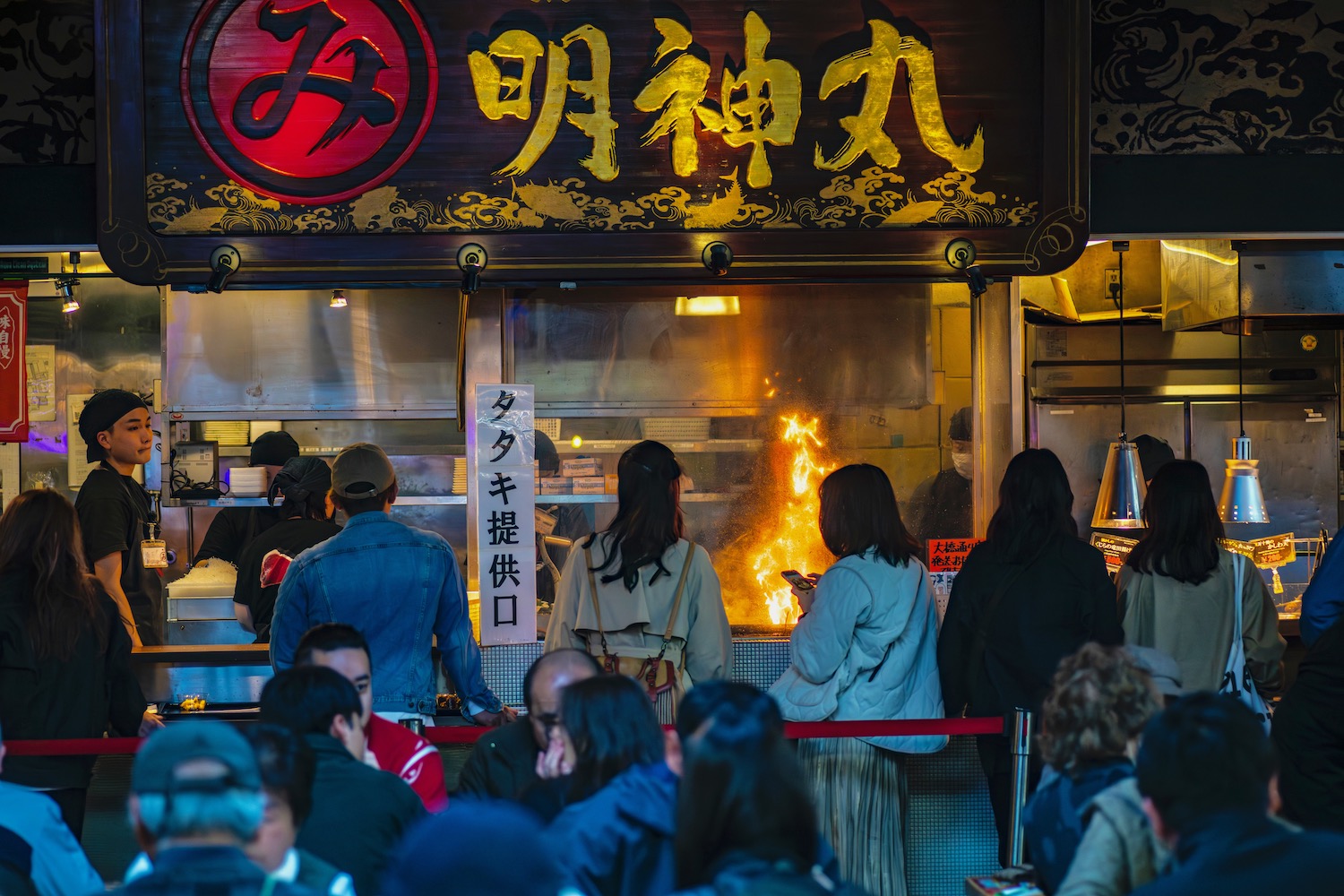
Another necessary entry on the list of best seafood markets in Japan is Hirome Market in Kochi. Located just a short walk from Kochi Castle and many of the city’s top hotels, Hirome Ichiba is the best place to sample Katsuo-no-tataki, the seared tuna dish that’s the city’s (and Shikoku island’s) most famous food item.
Kuromon Market, Osaka
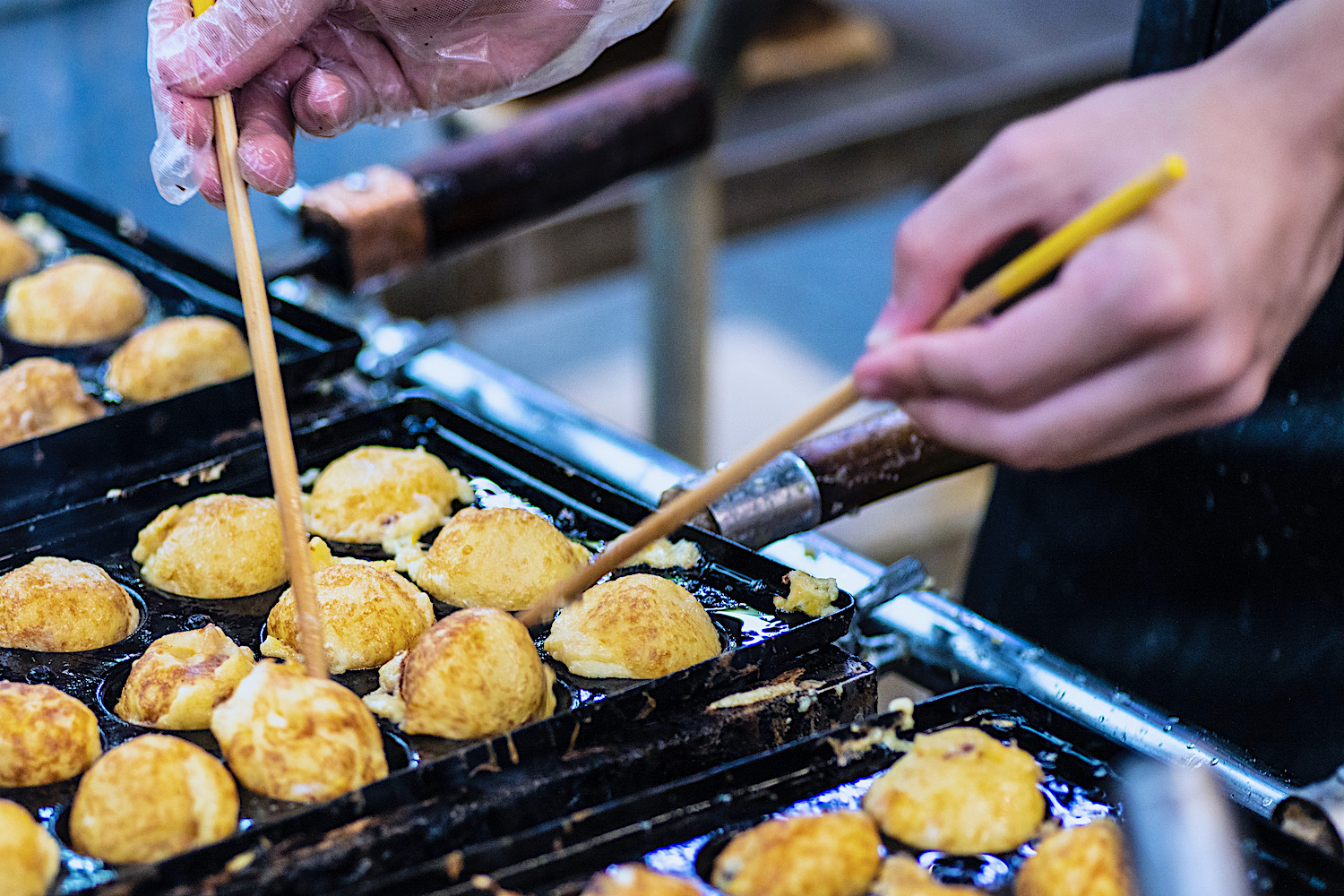
I might not characterize Osaka’s Kuromon Market as the best Japanese seafood market, simply because seafood is only one of the types of food you can eat here. On the other hand, this is definitely the best place to go in Osaka if you want to eat a large quantity of fish and crustaceans (and local snacks like takoyaki) within a relatively small area.
Uo-no-tana, Akashi
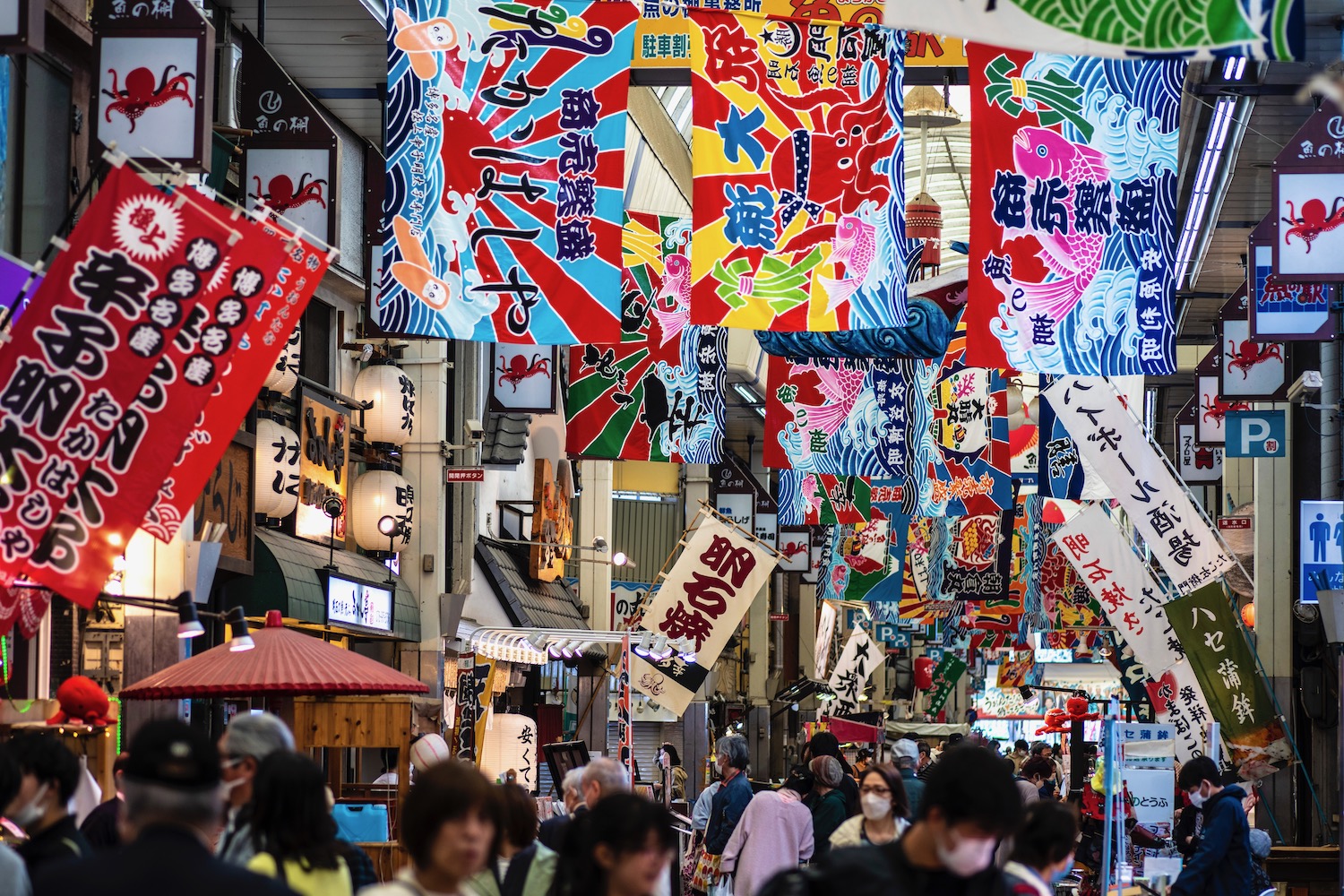
If, on the other hand, you’re in Osaka and have time for an off-the-beaten-path day trip, set your GPS for Akashi Station in adjacent Hyogo prefecture. Here you’ll find Uo-no-tana which, as I’ve written about, might just be my favorite seafood market in all of Japan (whether it’s “the best” is up to your discretion).
Nijo Market, Sapporo
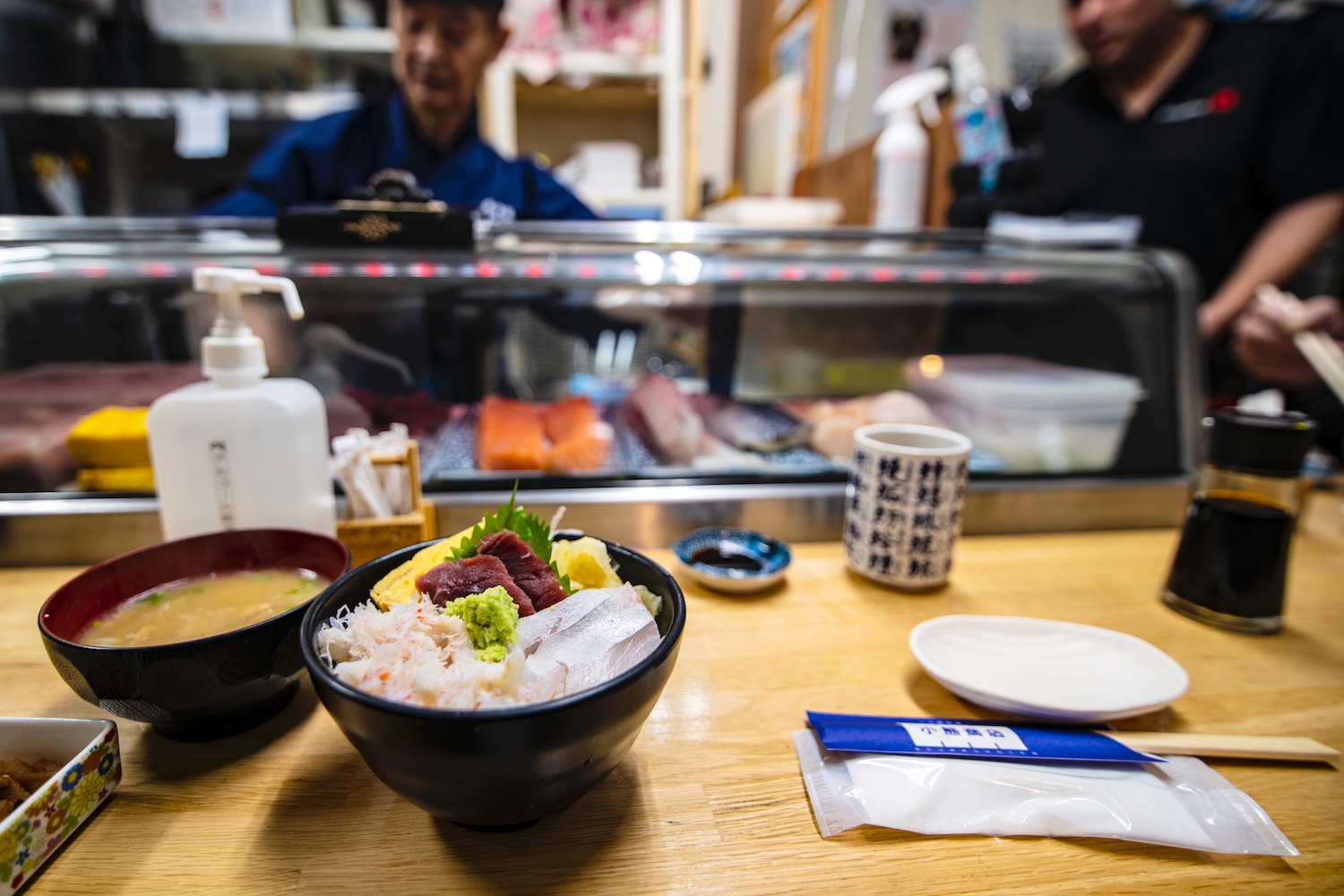
Last but not least (and not even really last) is Nijo Market in Sapporo. While the best thing to eat here depends on the season, I like this spot because it’s just a short walk from Susukino and Odori Park, and is also relatively small. You can come here for 30 minutes or an hour before the rest of your day in the city begins!
General Tips for Visiting Fish Markets in Japan
No matter which of these fish markets you choose, there’s some advice that will apply to all of them. The first is that it’s almost always better to go earlier rather than later though importantly, you don’t want to go too early. Japan is a prompt country, but stalls might not be fully set up right when the market opens. Secondly, many markets are partially or fully closed one day or the weekend—often Sunday or Wednesday, but make sure to check.
Another tip? It’s generally regarded as rude to eat while walking, not just in the best Japanese seafood markets, but anywhere in Japan. As a result, if you can’t find a place to sit (and rest assured, most shops that sell ready-to-eat food do have some seating), you should plan either to stand somewhere while you snack, or to get it to-go (持ち帰る – mochi-kaeru) and take it back to your hotel.
Other FAQ About Japanese Fish Markets
What is the most famous fish market in Japan?
Tsukiji Outer Market in Tokyo is by far the most famous fish market in Japan. The remains the case even half a decade after the “Inner” Market (where Tokyo’s tuna auctions once took place) have moved off-site. Other famous fish markets in Japan include Kuromon Market in Osaka and Omicho Market in Kanazawa.
What is the best Japanese city for seafood?
I’m tempted to say that Kanazawa is the best Japanese city for seafood, primarily (but not exclusively) because of all the delicious food on offer within the city’s Omicho Market. More specifically, Kanazawa is probably the best city in Japan for eating crab (kani) caught fresh in the Sea of Japan just offshore.
Is it still worth going to Tsukiji?
In spite of the fact that the tuna auctions were moved in 2018, it is definitely still worth going to Tsukiji Market when you’re in Tokyo. On the other hand, I don’t think that Toyosu (the sterile, purpose-built new market where the auctions moved) is worth visiting under any circumstances.
The Bottom Line
I hope my round-up of the best fish markets in Japan inspires you to go off Japan’s beaten path, both in terms of the foods you try, as well as the geography of your trip. While I will always love Tokyo’s Tsukiji Market, the reality is that a walk through there merely scratches the surface of Japan’s rich seafood culture, not only in terms of the food itself, but how it’s prepared and sold as well. Will you make a day trip from Osaka to Uo-no-tana in nearby Akashi, or venture all the way northward to markets in Sapporo and Hakodate? No matter how adventurous you think you are, I do hope you’ll consider hiring me to plan your trip to Japan.






